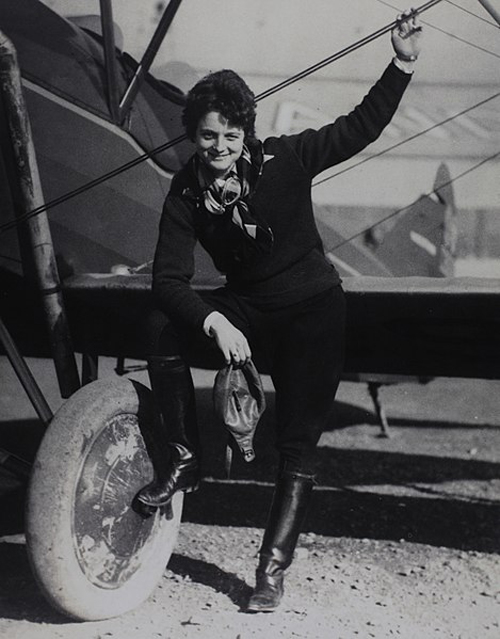Marjorie and Katherine Stinson were the first women to make a real mark in aviation.
Marjorie, a legendary flight instructor, ran a flying school in San Antonio, Texas, and Katherine supported her sister’s flying school, the Red Cross, and Liberty Bonds with the money she made with stunt flying.
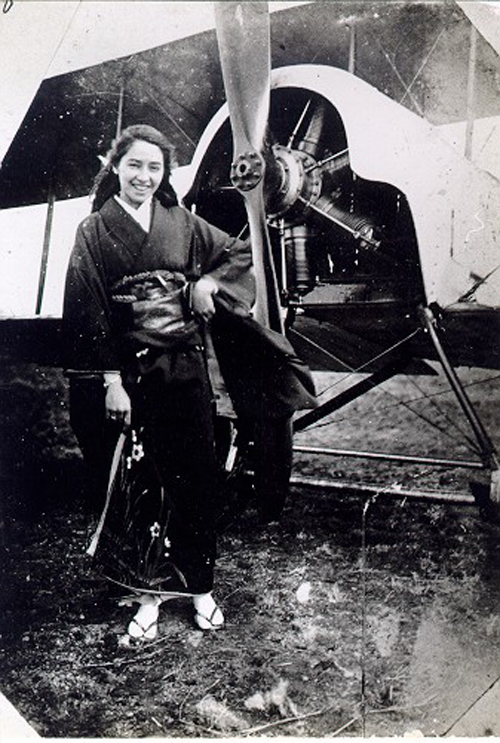
Ruth Law, who came from a family of aviators, set several altitude and distance world records.
After World War I, Law formed a flying circus and became one of the United States’ most popular barnstormer.
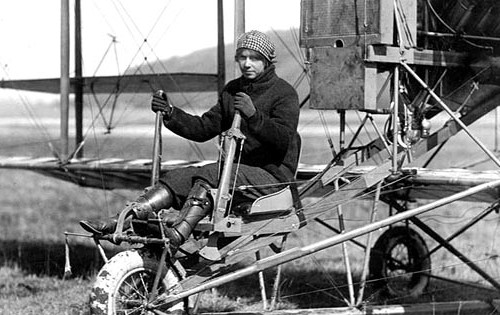
Phoebe Omlie pushed for safety markers to help aerial navigation.
Related Article – 5 Best Low Time Pilot Jobs With 250 Hours
Together with two other women pilots, she traveled the country to find the best location for these directional markers.
President Roosevelt appointed Omlie to the National Advisory Committee for Aeronautics.
Thus, she became the first woman to work for the government in the field of aviation.
Adrienne Bolland, from France, was the first woman to fly across the Andes Mountains, when she successfully flew from Argentina to Peru.
In 1927, Ruth Elder announced that she would attempt to fly across the Atlantic in an airplane she called American Girl.
Frances Grayson decided to make the attempt at the same time.
At the time, not many planes were equipped to make the transatlantic journey.
Elder was forced to give up just short of reaching the Azores. Grayson, who had attempted to fly the shorter North Atlantic route, took off from Newfoundland and was never heard from again.
Elinor Smith and Evelyn Trout set several aviation records, both individually and as a team.
They became the first women to refuel their planes in flight.
Bessie Coleman faced additional discrimination because she was African American.
After flying instructors across the United States turned her down, she moved to France to get a pilot’s license.
Eventually, she returned to the U.S. to begin a barnstorming career.
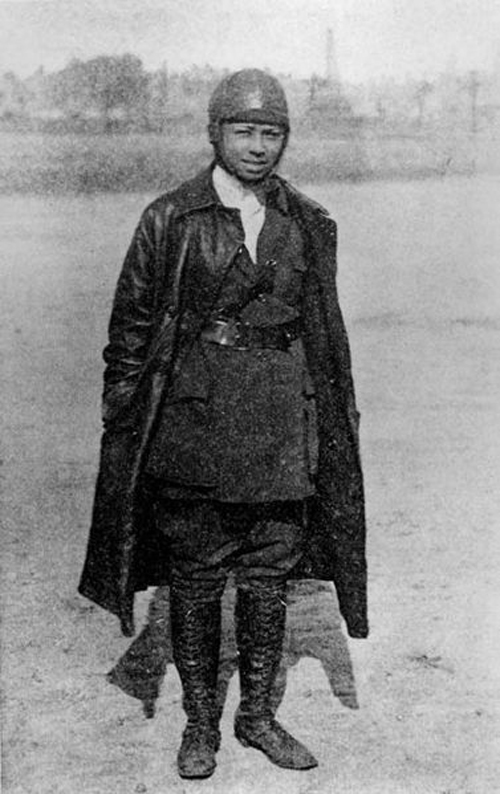
Famous pilots like Amelia Earhart, Ruth Elder, Bobbi Trout, Pancho Barnes, German pilot Thea Rashe, and Australian pilot Jesse Miller all participated in the Women’s Air Derby in 1929.
Related Article – Instrument Proficiency Check (IPC): 4 Things You Need To Know
The winner was Louise Thaden, who already held several flying records for women.
After the Air Derby, women fliers formed the Ninety-Nines, an association of female pilots.
The group advocated for women’s aviation, promoted the careers of female fliers, and highlighted the latest in aviation development.
In 1931, Ruth Nichols attempted to repeat Charles Lindbergh’s solo flight across the Atlantic.
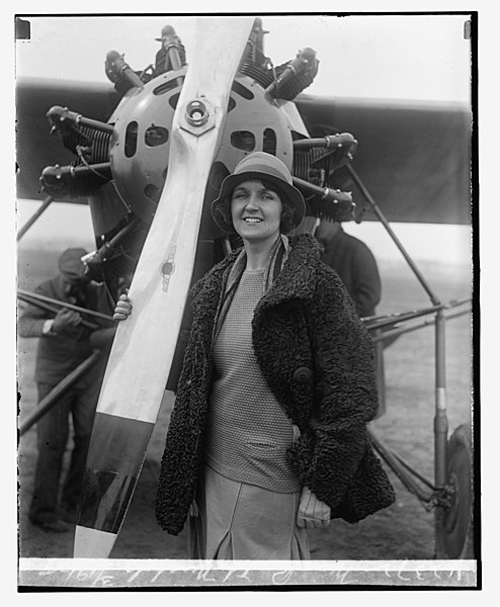
When she chose to refuel in Canada, her plane overshot the runway, and Nichols broke five vertebrae.
The weather prevented her from making another attempt at a transatlantic solo flight, soshe decided to set a new non-stop solo overland distance record instead.
Still in a steel brace from her last crash, she flew from Oakland, California, to Louisville, Kentucky—just far enough to set a record.
At the next takeoff, her plane caught fire and she just managed to escape certain death.
In 1936, Louise Thaden and Blanche Noyes won the prestigious Bendix Trophy.
It was a triumph for women fliers across the world.
Related Article – Airline Transport Pilot Certificate (ATP): 4 Things You Need To Know

